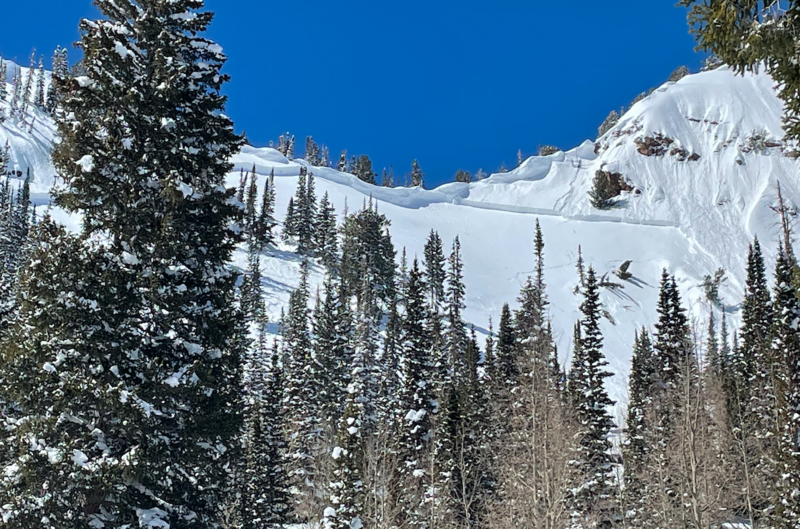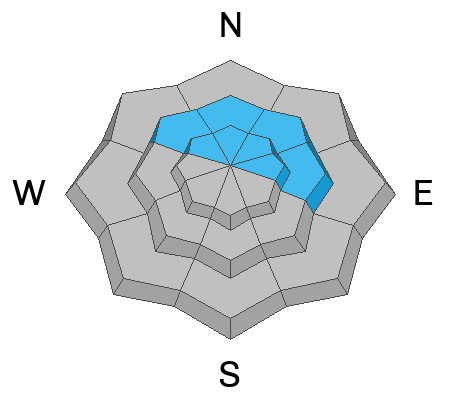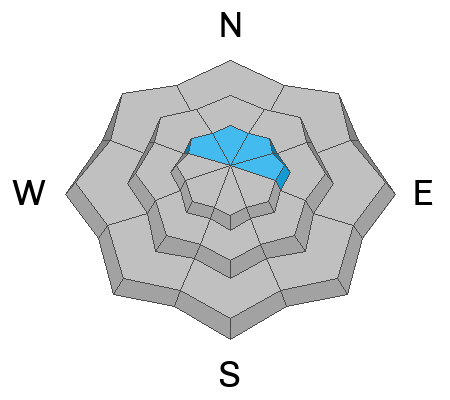Forecast for the Salt Lake Area Mountains

Issued by Trent Meisenheimer on
Saturday morning, April 8, 2023
Saturday morning, April 8, 2023
There is a CONSIDERABLE avalanche danger for wet avalanches on all sunny slopes facing southeast through west. There is also a MODERATE danger for wet avalanches on low elevation northerly facing terrain. On the shady side of the mountain, you will find a MODERATE avalanche danger on slopes facing northwest through north and east for wind-drifted snow avalanches.
Cornices also present an avalanche hazard: stay well back from corniced ridgelines and avoid traveling on slopes with large, overhanging cornices above.
With so much snow, watch out for roof avalanches, especially as the day heats up.

Low
Moderate
Considerable
High
Extreme
Learn how to read the forecast here










